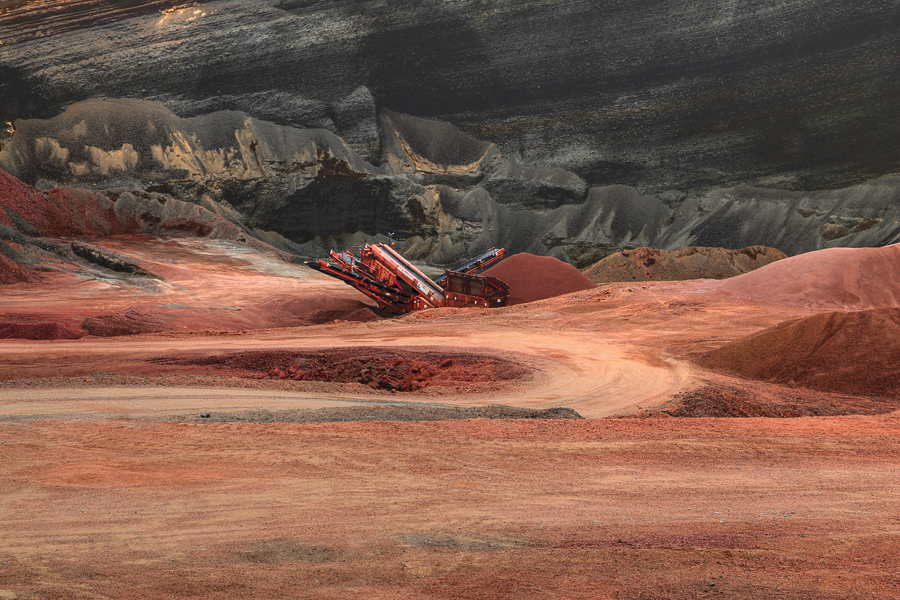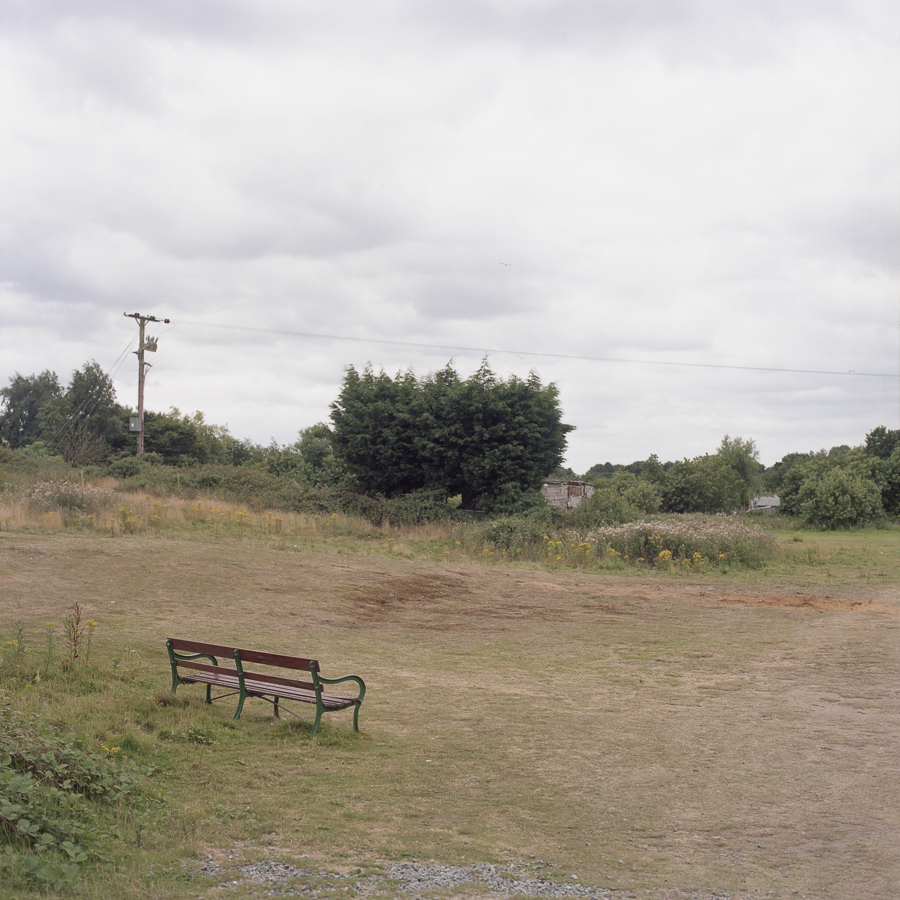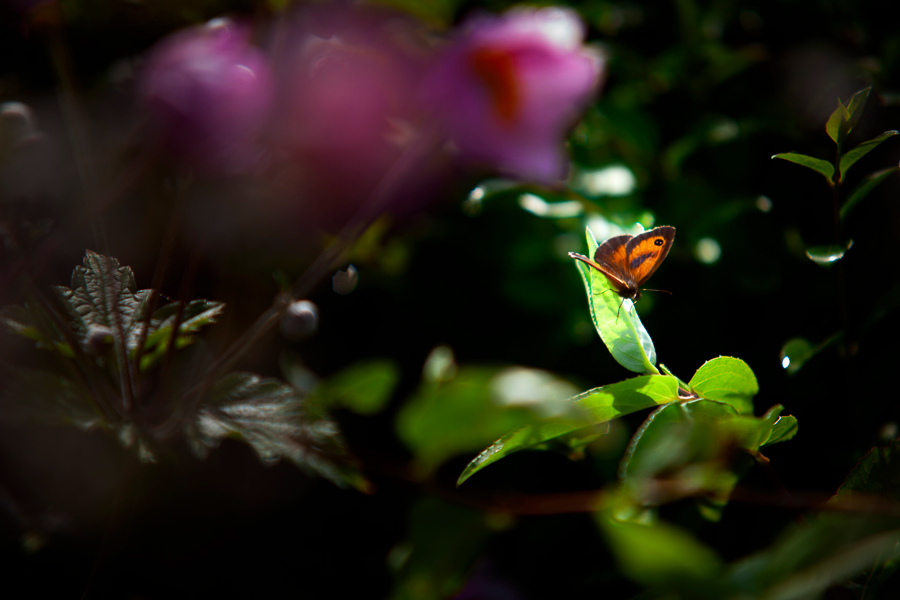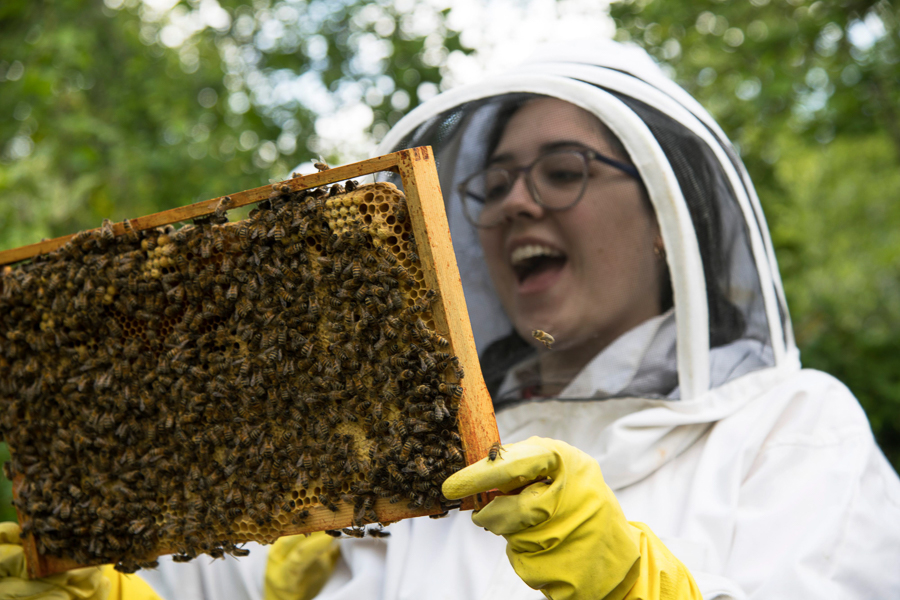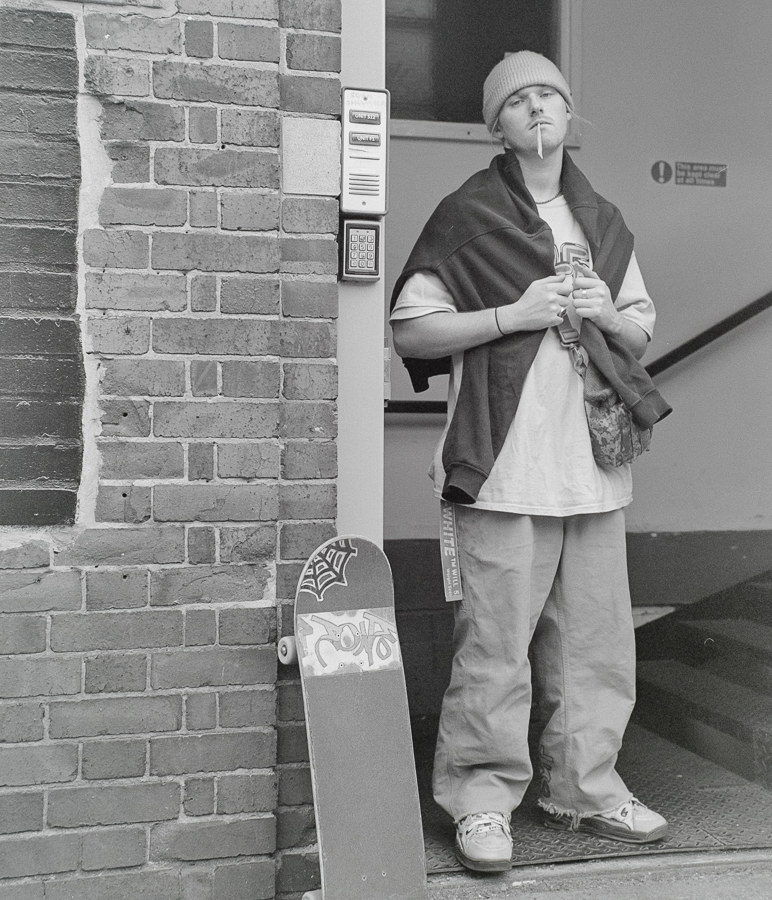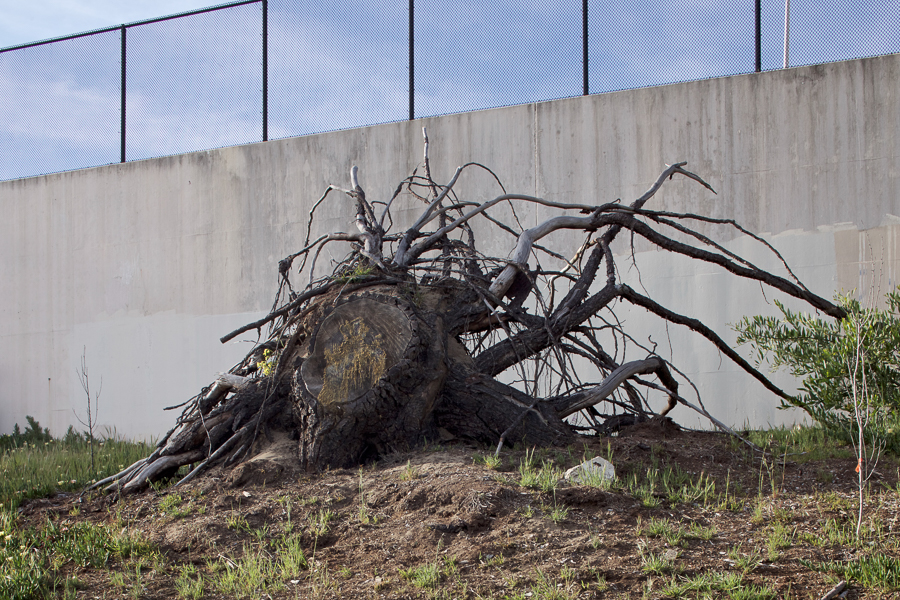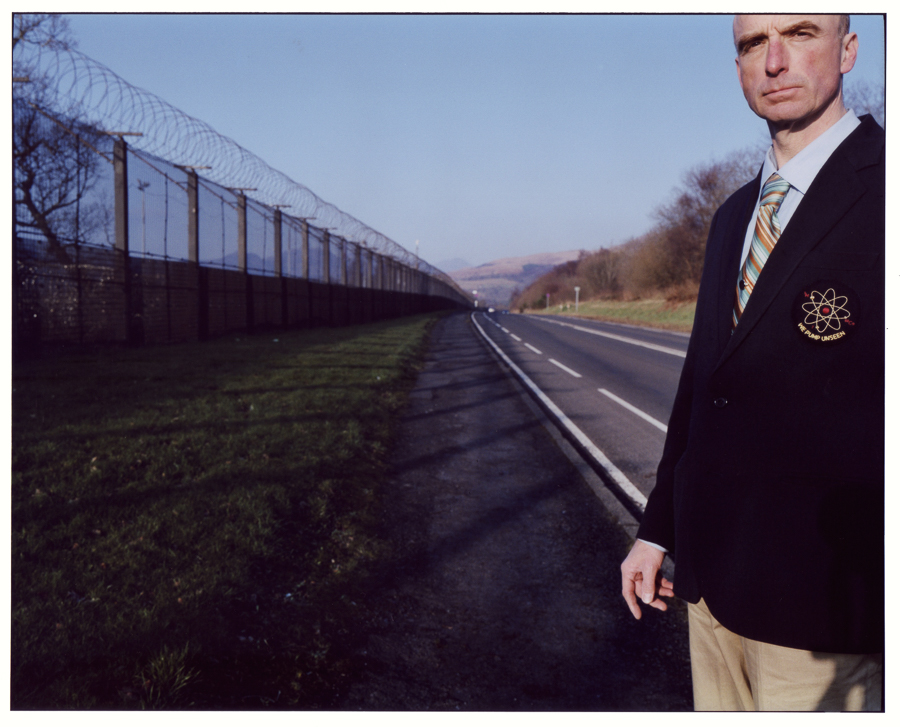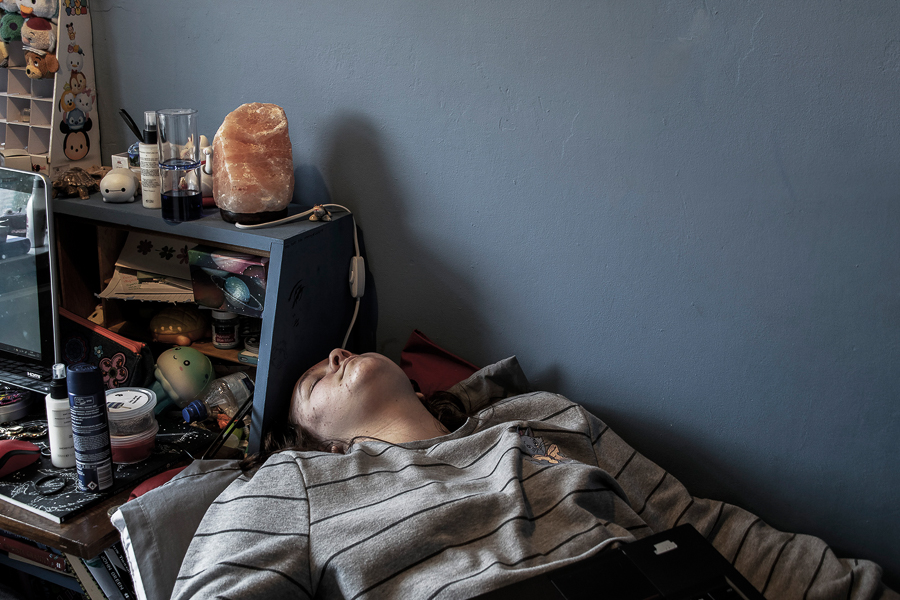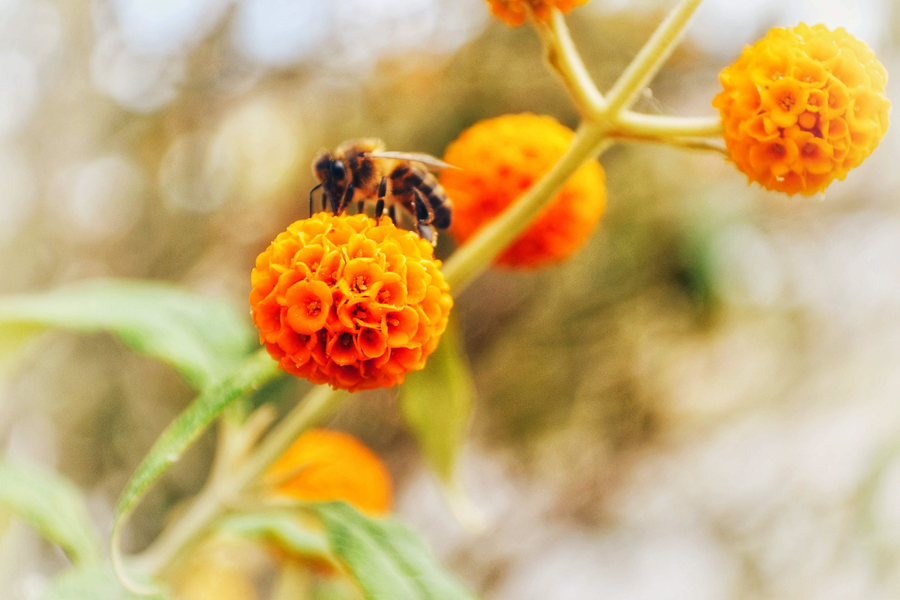My work explores conventions of labour, temporality, authorship and creativity and their location within the environment of contemporary fine art practice. Projects often become monuments to absurd and irrational modes of production, and can be seen as documents of performative actions. Photography plays a large part in my fine art practice and this project (Junctions) is one of many ongoing photography projects. Project Description: 'Junctions' is a project that explores ideas of ephemerality, permanence and the materiality of the photographic image. The images are made from a collection of thousands of 35mm film transparencies acquired from house clearances over a period of time. Each picture is made by placing two transparencies on top of each other on an LED light box and photographing with a macro lens and a Canon 50DS in order to capture an image with extremely high resolution. Time and space from both transparencies are collapsed into a single 'hybrid' frame and these lost images take on an otherworldly new life. The images are riddled with dust, hairs, scratches and other artefacts present on the transparency at the point of image capture and no attempt has been made to clean the file. Biography: Born in the UK, 1979 I live in Newark, Nottinghamshire I am an artist and lecturer. I have previously taught on the Photography BA at Lincoln University. I currently run the Art & Design Foundation Course at Lincoln College. Education: MA Fine Art (Distinction) 2011, Chelsea College of Art Postgraduate Diploma in Fine Art, 2010, Chelsea College of Art BA (Hons) Fine Art (First Class), 2001, DMU Leicester Solo Exhibitions: 2018 Transcription Flags (public art commission), Usher Gallery, Lincoln, UK 2012 Covenant, Payne Shurvell, London 2011 Archive of Lost References, The Old College Library, Chelsea College of Art, London Selected Recent Group Exhibitions: 2019 Surfaces (group photography exhibition), Millepiani, Rome, Italy 2019 Enough Is Definitely Enough, General Practice, Lincoln 2018 The Arca Project, Payne Shurvell Gallery, London 2017 31 Degrees C, ASC Gallery, London 2017 Would You Like To Come Back To Our Hut?, Club Solo, Breda, Netherlands 2017 Would You Like To Come Back To Our Hut?, Backlit Gallery, Nottingham 2017 Draw The Line, Surface Gallery, Nottingham 2017 The Arca Project, Payne Shurvell Gallery, Suffolk 2016 Staff Show, Photography Department, Lincoln University, Lincoln 2016 Mass, Backlit, Nottingham 2014 A Bright and Guilty Place: Part II, The Hospital Club, London 2013 Creative Cities Collection, Olympic Park Gallery, Beijing, China 2012 Creative Cities Collection, Barbican, London Book & Catalogue Publications: Catlin Guide 2012 (ISBN: 978-0-9564570-2-8) Creative Cities Collection (exhibition catalogue) 2012 Masters of Arts 2011, Chelsea College of Art & Design, Edition of 1000 copies (ISBN: 978-0-9569882-0-1) London Art Fair 2004 (catalogue) Articles & Reviews: 2012 Amy Sherlock, review of ‘Covenant’ in Frieze. 2012 an magazine, April 2012, p.28 Daniel Rapley: Covenant, by Anna McNay. 2012 NY Arts magazine Vol 19, p34 Belief in the Book: Daniel Rapley’s Sic, by Beverly Knowles 2012 Paul Carey-Kent’s Top 10 on Saatchi Online. 2012 Beth Fox, review of ‘Covenant’ in Artists Insight. 2012 Chloe Nelkin, review of ‘Covenant’ on Artista. 2012 Huffington Post In the Beginning: Daniel Rapley’s Bible, by James Payne and Michael Hall. 2012 Artfridge article about ‘Covenant’ by Anna-Lena Werner. 2010 In The Beginning Was The Word, In Ballpoint, Elizabeth Renzetti, The Globe & Mail, (Canadian National Newspaper) 2005 A Natural World Made Modern, Chris Schuler, The Independant Awards: 2012 Catlin Award (shortlisted) 2011 GAM Prize (shortlisted) 2001 DeMontfort University School of Business Purchase Award Lecturing / Teaching 2017 – present Art & Design Foundation Studies Programme Coordinator, Lincoln Art College 2015 – present Lecturer, Art & Design Foundation, Newark College 2016 – present Associate Lecturer, BA Photography, Lincoln University 2017 Associate Lecturer, BA Fine Art, Leicester De Montfort University 2017 – present Associate Lecturing pool, Leeds Arts University, Leeds
Venue- Rough Trade
